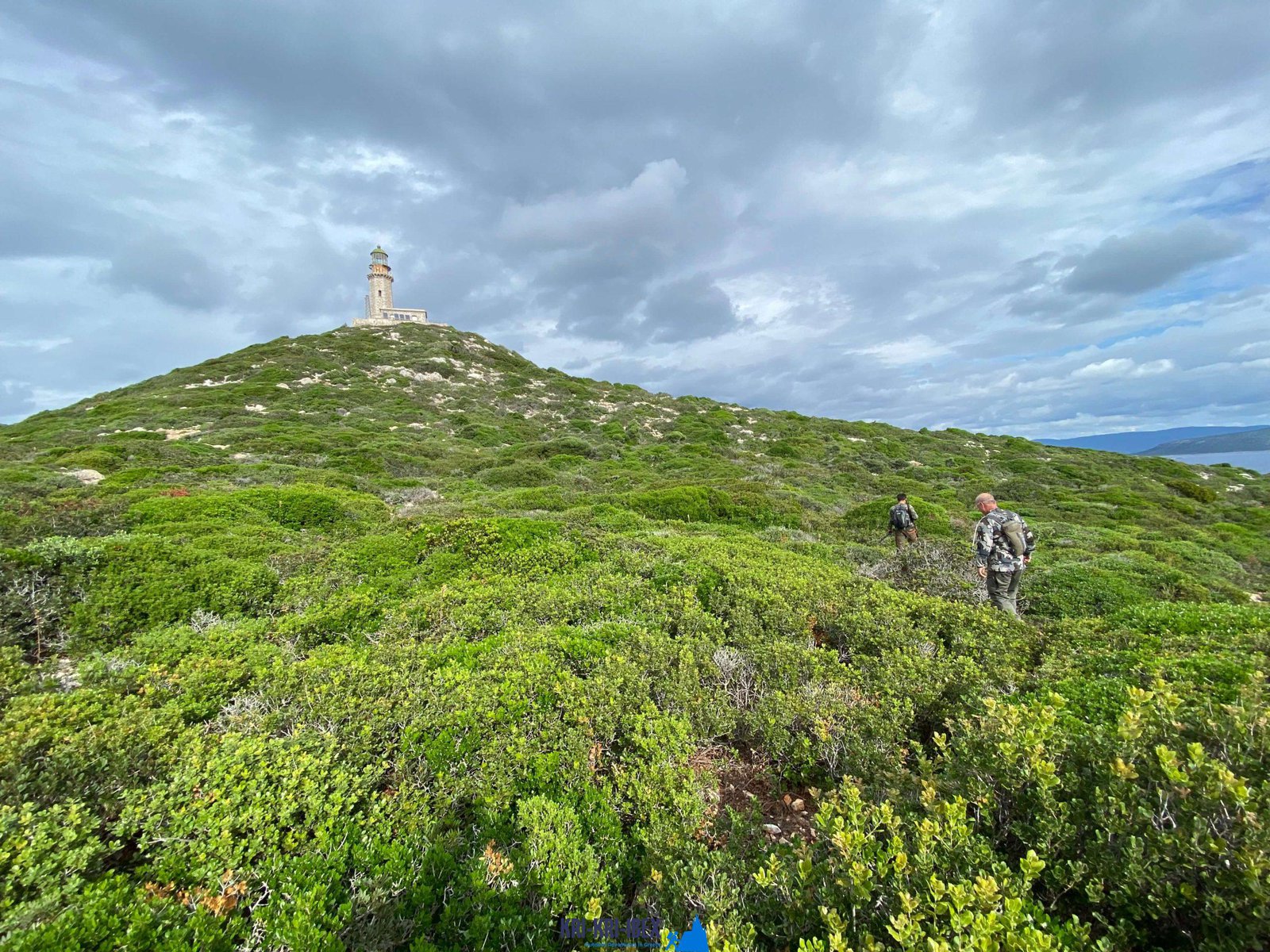Kri kri ibex searching in Sapientza island, Greece
Kri kri ibex searching in Sapientza island, Greece
Blog Article

Searching for Kri Kri ibex in Greece is a terrific vacation experience. It is not always a hard quest or an unpleasant experience for the majority of seekers. You can experience ancient Greece, shipwrecks, and spearfishing during 5 days hunting for gorgeous Kri Kri ibex on an unique island. Is there anything else you would such as?

The kri-- kri ibex, sometimes called the Cretan goat or Agrimi (after an ancient region of Greece), is a wild goats that populates eastern Mediterranean. It made use of to be considered just an additional subspecies around yet it's greater than satisfies expectations when you learn about its one-of-a-kind history! The Ibex is NOT a small form of the Bezoar Ibex, which has actually migrated right into this variety. The kri-- kris (Capra aegagrus cretica), occasionally called Cretan goats or Agrimi, are feral goat that inhabit many components in Eastern Mediterranean formerly thought about as subspecies for wild goats; however current studies show they're not really relevant and must be identified separately from any others types within genus Caprinae. The kri-kri is not believed to be aboriginal to Crete, more than likely having been imported to the island during the time of the Minoan human being. The kri-kri ibex of Crete are believed to be an import from elsewhere, however they have actually just been located on this island. It prevailed throughout the Aegean however the optimals of the 8,000 feet (2,400 m) White Mountains of Western Crete are their last garrisons-- particularly a series of almost vertical 3,000 feet (900 m) high cliffs called 'the Untrodden'-- ahead of the Samaria Gorge. This mountain range, which hosts another 14 native to the island pet varieties, is safeguarded as a UNESCO Biosphere Reserve. In total, their range encompasses the White Mountains, the Samaria National Forest and the islets of Dia, Thodorou, and also Agii Pandes.
The first thing you will notice when you show up in the Peloponnese peninsula is the strikingly attractive landscape. The mountains, rivers, lakes, as well as forests make this area a nature enthusiast's paradise. There are likewise a lot of opportunities for treking, angling, swimming, and various other outdoor tasks. Yet the Peloponnese peninsula is not almost its natural appeal; there are likewise countless historical as well as social websites to explore. Don't forget additionally fishing, free-diving and also hunting. Some of one of the most prominent visitor destinations in the Peloponnese include ancient Olympia, Epidaurus, Mycenae, and Sparta. These locations supply a fascinating glance right into Greece's abundant background and culture. If you have an interest in learning more concerning Greek mythology, after that you will absolutely want to check out Mount Olympus, house of the 12 Olympian gods. Certainly, no trip to Greece would certainly be complete without attempting some of the delicious food. The Peloponnese peninsula is residence to several of the best olive oil in the world in addition to feta cheese, olives, honey, and wine. Ensure to attempt some of the neighborhood specializeds such as dolma (stuffed grape leaves), Souvlaki (grilled meat skewers), as well as Gyro (meat wrapped in pita bread).
There is absolutely something for every person in the Peloponnese peninsula. Whether you are interested in background as well as culture or nature as well as outdoor tasks, this is an excellent location for your next vacation. If you are short promptly, our searching and exploring Peloponnese Tours from Methoni is a terrific method to see everything this breathtaking location needs to offer.And lastly, your Kri Kri ibex trophy is awaiting you.
What is the diference between Kri Kri ibex, Bezoar ibex and hybrid ibex
The kri-kri is not thought to be indigenous to Crete, most likely having been imported to the island during the time of the Minoan civilization. Nevertheless, it is found nowhere else and is therefore endemic to Crete. It was common throughout the Aegean but the peaks of the 8,000 ft (2,400 m) White Mountains of Western Crete are their last strongholds–particularly a series of almost vertical 3,000 ft (900 m) cliffs called ‘the Untrodden’—at the head of the Samaria Gorge. This mountain range, which hosts another 14 endemic animal species, is protected as a UNESCO Biosphere Reserve. In total, their range extends to the White Mountains, the Samaria National Forest and the islets of Dia, Thodorou, and Agii Pandes.
This Ibex is NOT a diminutive form of the Bezoar Ibex, which has migrated into the western-most reach of the range of this species. The kri – kri (Capra aegagrus cretica), sometimes called the Cretan goat, Agrimi, or Cretan Ibex, is a feral goat inhabiting the Eastern Mediterranean, previously considered a subspecies of wild goat. The kri-kri has a light brownish coat with a darker band around its neck. It has two horns that sweep back from the head. In the wild they are shy and avoid tourists, resting during the day. The animal can leap some distance or climb seemingly sheer cliffs.
“The agrimi goat Capra aegagrus cretica is unique to Crete and its offshore islands. It has been identi®ed as a sub-species of the wild bezoar goat Capra aegagrus aegagrus Erxleben, 1777, which it closely resembles in horn shape, body form and coloration. This classi®cation has been disputed by some researchers who claim that the agrimi are feral goats, derived from early domestic stock brought to the island by the ®rst Neolithic settlers. In order to clarify this issue, DNA analyses (cytochrome b and D loop sequences) were carried out on tissue of live and skeletonized agrimi and compared to sequences of wild and domestic caprines. Results conclusively show the agrimi to be a feral animal, that clades with domestic goats (Capra hircus) rather than with wild Asiatic bezoar. This study demonstrates that morphometric criteria do not necessarily re¯ect genetic af®nities, and that the taxonomic classi®cation of agrimi should be revised.”
Report this page